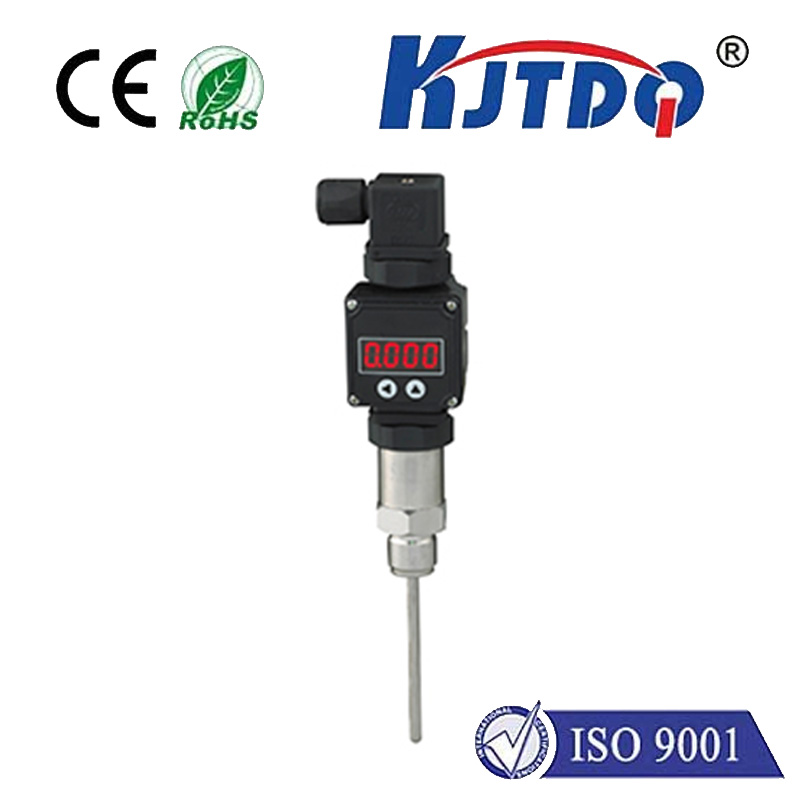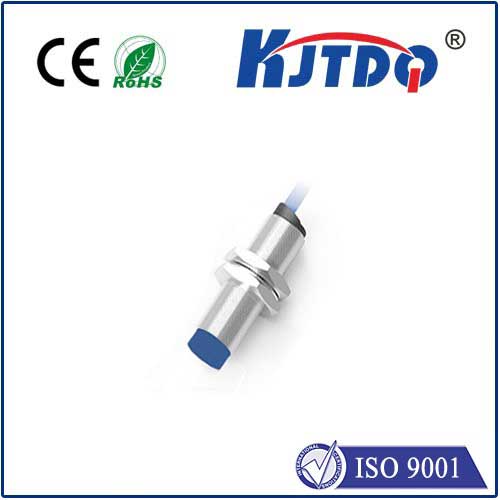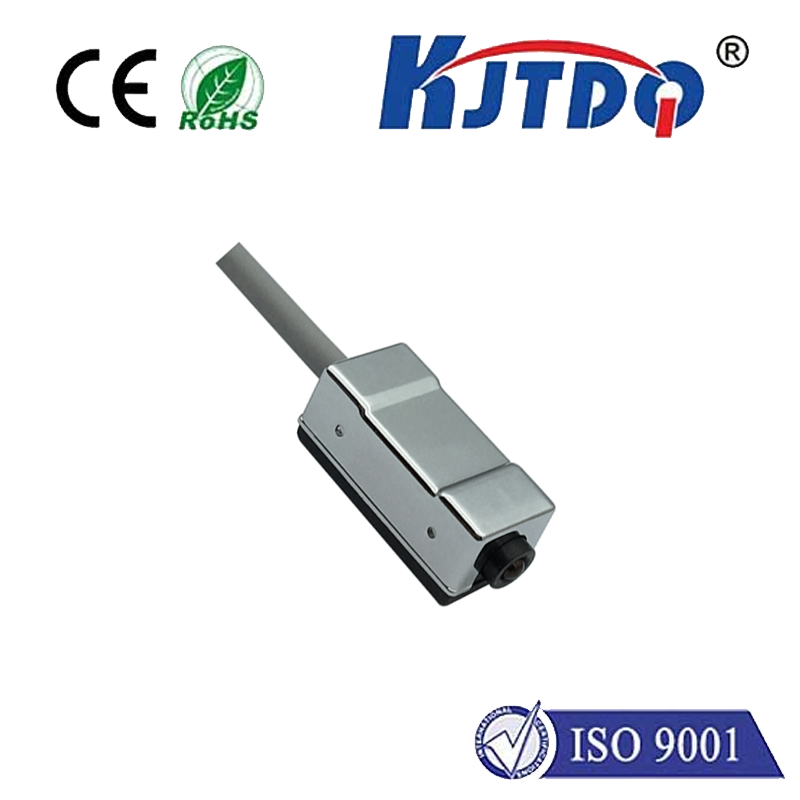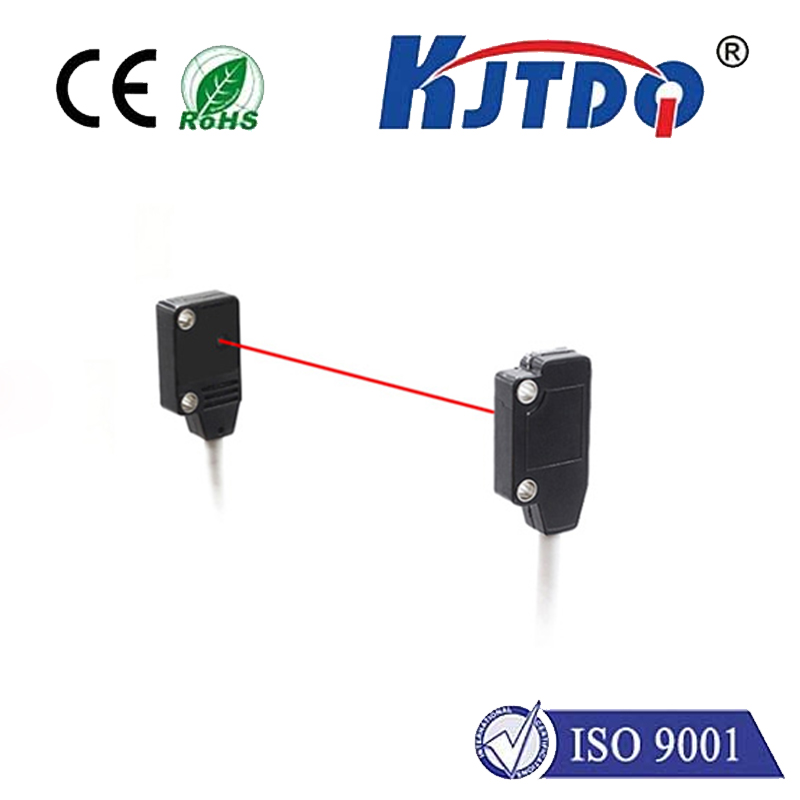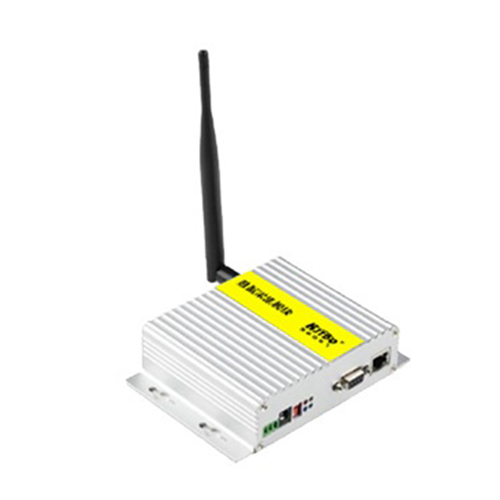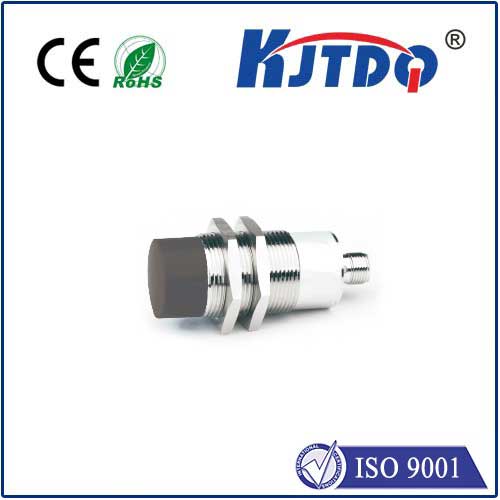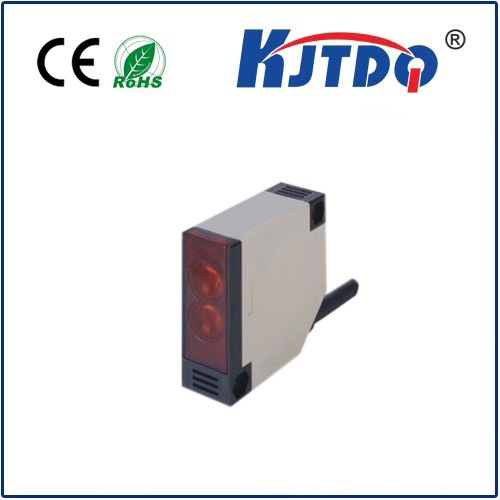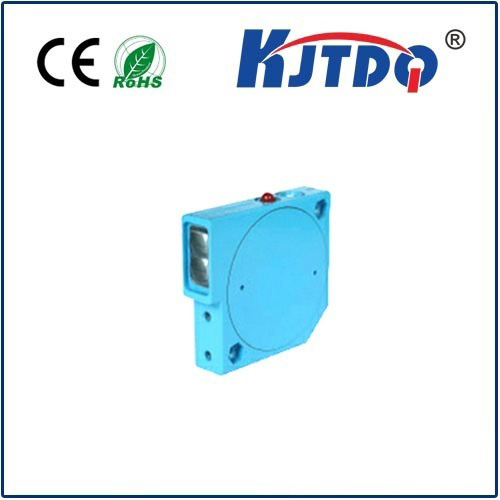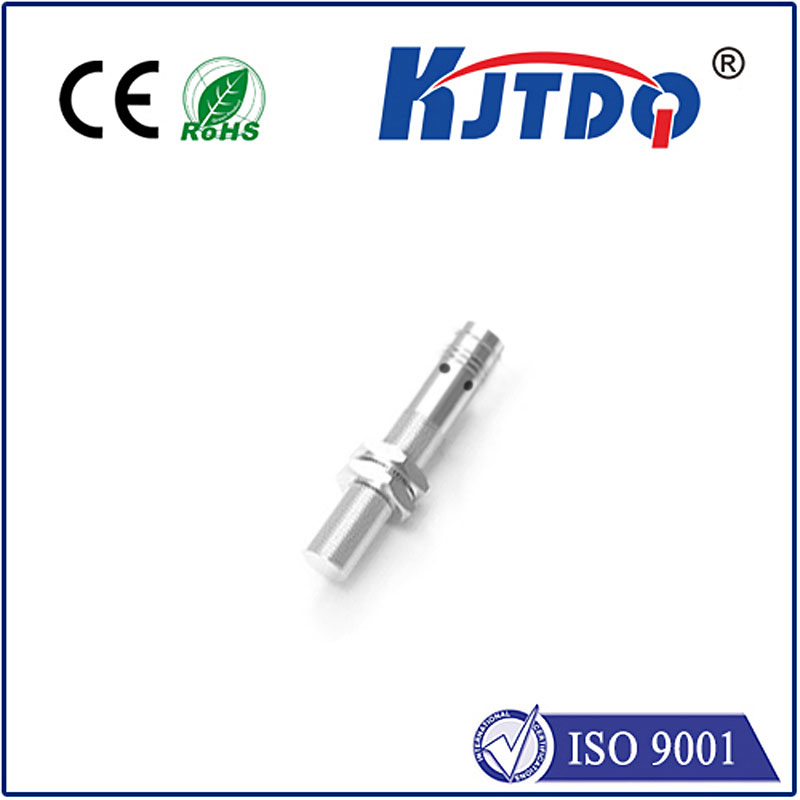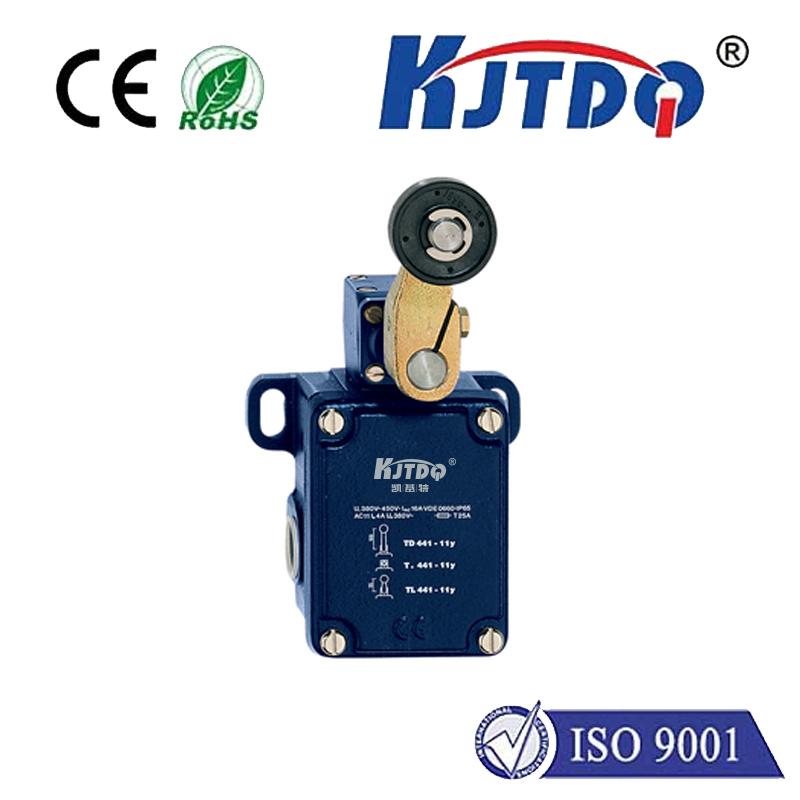

check

check

check

check

check

check

check

check

check

check
Title: Understanding the Role of Conveyor Belt Limit Switches in Industrial Automation
Introduction to Conveyor Belt Limit Switches
In industrial automation, conveyor belts play a crucial role in handling and transporting materials from one place to another. These belts are powered by motors, which can run at high speeds, making them vulnerable to accidents if not properly monitored. To prevent such incidents, conveyor belt limit switches have been installed to detect when the belt has come to a stop. This article will provide an overview of conveyor belt limit switches, their function, and importance in ensuring safe and efficient industrial operations.
Section 1: What are Conveyor Belt Limit Switches?
A conveyor belt limit switch is a mechanical device that is designed to detect the presence of a load on a conveyor belt. It operates by comparing the speed of the belt with the speed of the motor. When the conveyor belt comes to a complete stop (i.e., the speed of the belt matches the speed of the motor), the switch contacts an alarm or sends a signal to the control system. This signal indicates that the material has finished being conveyed and can be manually unloaded or reversed.
Section 2: Function of Conveyor Belt Limit Switches
The primary function of conveyor belt limit switches is to ensure safety in automated industrial processes. By detecting when the conveyor belt has come to a complete stop, these switches prevent equipment from operating beyond its design parameters, which could result in damage or injury to operators. Additionally, conveyor belt limit switches help maintain efficiency in production by preventing materials from getting stuck between rollers or other components. They also allow for easier debugging of conveyor systems by providing accurate data on the location and condition of each part of the system.
Section 3: Importance of Conveyor Belt Limit Switches in Industrial Automation
Conveyor belt limit switches are essential components of industrial automation systems because they help ensure the safety and efficiency of production processes. Without these switches, conveyor belts could travel beyond their designated paths, causing damage to equipment and putting operators at risk. Furthermore, improperly functioning conveyor belt limit switches could lead to costly downtime and lost productivity due to unexpected stops in production. By installing and maintaining conveyor belt limit switches correctly, companies can reduce risks and improve overall performance in their industrial operations.
